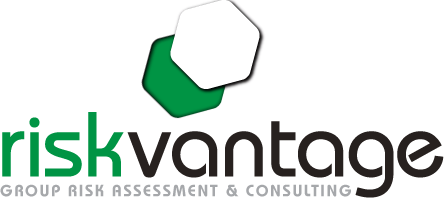Employers are facing the ever increasing, unsustainable costs of providing health benefits to their employees.
The Affordable Care Act (ACA) has only exacerbated the issue for large groups by adding new taxes and fees.
Many small employers with 51-200 employees could benefit greatly by self-funding. Total self-funding costs can be significantly lower than insured premium due to:
• Significantly lower administrative fees
• Removal of insurance carrier risk charges and margins
• Avoidance of the ACA health insurance tax (3%-4% of premium)
• Claim costs based on your group’s expense rather than the average of the insurance pool.
There is an inherent risk in self-funding and employers often are not armed with sufficient information to make an informed decision on whether self-funding could be a fit for them.Insurers are reluctant to share data with employers as it is in the insurer’s best interest to keep the young, healthy, low cost groups in their insurance pool to subsidize the costs of the unhealthy groups. In many cases, it is in the employer's best interest to escape the insurance pool and have their health benefit costs be based on their own data through self-funding.
First, a group needs to understand whether their unique risk profile is likely to generate health costs that will be lower than the cost of the existing insurance pool. The premium in the insured market is based on a combination of group specific claims history blended with a manual or book rate based on the average costs of all employers in their large group pool. This manual rate is likely to be adjusted to reflect the specific demographics and industry of a specific employer. In some states, the underwriting process also relies on individual health questionnaires. These too are inadequate as responses are often incomplete or not truthful. They also fail to account for employee turnover which can be significant in many industries.
A group’s recent claims experience, demographics and industry factor are not sufficient indicators as a predictor of future claims costs. Claims data can vary greatly from year to year for a group with less than 200 employees. One or two high cost claimants can easily skew the results. Though in most cases these high dollar claimants are unlikely to repeat in the upcoming year they are trended forward and built into the premium for the subsequent year. Demographics and industry factors may function adequately as an indicator when looking at a large sample to groups to forecast at an aggregate level but they fail to capture the unique characteristics of each employer.
The insurance industry has used the demographic and industry factors in their pricing formulae for 50+ years with little change over time. The field of predictive analytics has evolved significantly yet insurers have failed to keep pace with this innovation so they continue to set your premium using these antiquated factors. Their priority is to set the right premium in aggregate, not to set the right premium for each employer participant.Your priority should be to pay for what you use, not what other employers use.
In summary, smaller groups could enjoy the savings that larger employers achieve from self-funding or other alternate funding models. They just need better information to make the decision. Self-funding is not for everyone. It can be a costly experiment if your group is not the right fit so entering blindly is not advisable. It can be produce substantial savings for those that are the right fit and are willing to explore self-funding.
So, where does RiskVantage fit into this? Let us show you where we can help. Please see the OUR SOLUTION TAB



